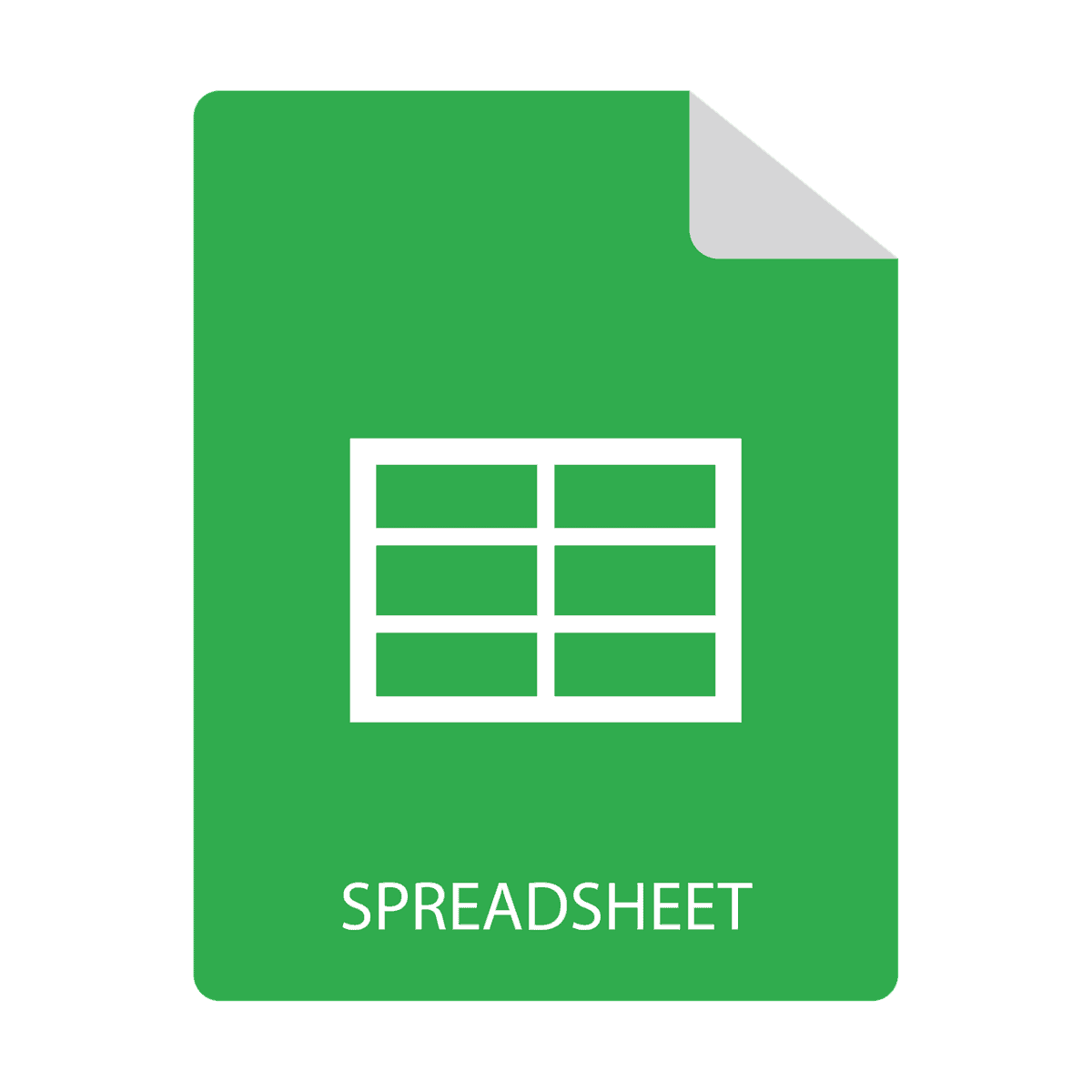How to Use Excel on Laptop: A Comprehensive Guide for Beginners
Microsoft Excel is a powerful spreadsheet application that helps you organize, analyze, and visualize data. Whether you’re handling budgets, tracking expenses, or creating reports, Excel is a vital tool. In this guide, we will explore the basics of using Excel on your laptop, from understanding the interface to utilizing advanced features.
1. Understanding the Excel Interface
To get started, you must first open Excel and familiarize yourself with its interface:
- Opening Excel: Launch Excel from your applications or start menu, and open a new workbook by selecting ‘Blank Workbook’.
- The Ribbon: This is where you find tools and features organized into tabs.
- Formula Bar: Located above the spreadsheet grid, this is where you can enter or edit text and formulas.
- Name Box: This displays the name of the currently selected cell.
2. Basic Cell Operations
Entering Data
To enter data, simply click on a cell and start typing. Use the Tab key to move to the next cell and the Enter key to move to the next row.
Editing Data
Edit cell contents by either double-clicking the cell or selecting it and using the formula bar.
3. Resizing Columns and Rows
To customize the appearance of your worksheet, you may want to resize your columns and rows:
- Resizing Columns: Hover over the line between two column headers until the cursor changes, then drag to adjust.
- Resizing Rows: Similar to columns, hover on row boundaries to drag and set the desired height.
4. Selecting Cells, Rows, and Columns
Selecting parts of your worksheet is essential for formatting and data manipulation:
- Selecting Cells: Click and drag to select multiple cells.
- Using Shortcuts: Use Ctrl + A to select all cells, and Ctrl + Shift + Right/Left to select entire rows or columns.
5. Formatting Data
Make your data visually appealing with basic and advanced formatting:
- Basic Formatting: Adjust cell sizes, merge cells, or apply text alignment and colors.
- Number Formatting: Format cells to display numbers as currency, dates, percentages, etc.
6. Using Formulas and Functions
Formulas are essential for calculations in Excel. Here’s a quick guide:
Entering Formulas
Start with an equals sign (=), and use operators like +, -, *, and / for calculations. For example, =A1+B1 adds the values from cells A1 and B1.
Using Functions
Excel provides built-in functions such as SUM, AVERAGE, MAX, MIN, and COUNT for more complex calculations.
7. Creating and Editing Charts
Visualize your data with charts:
Creating Charts
Select your data and navigate to the Insert tab, where you’ll find various chart options. Customize as needed.
Editing Charts
Right-click on chart elements to edit properties, such as titles and colors.
8. Saving and Managing Workbooks
Saving Workbooks
Frequently save your work by clicking File > Save As. Choose a file name and location to save your workbook.
Managing Multiple Sheets
Use the ‘+’ button at the bottom to add new sheets. You can rename, delete, or rearrange your sheets by right-clicking on the sheet tabs.
9. Advanced Tips and Tricks
Pivot Tables
Pivot Tables are powerful tools for data analysis. To create one, select your data range, go to the Insert tab, and select PivotTable. Follow the prompts to customize your table.
VLOOKUP Function
This function allows you to search for a specific value in one column and return a value in the same row from another column. For example: =VLOOKUP(A1, B:C, 2, FALSE).
10. Conclusion
Mastering Excel requires practice and familiarity with its features and functions. Regularly exploring Excel will boost your productivity and efficiency in handling data.
Support our mission at Excel Foundations by donating or purchasing our ebook.
Next Steps
- Practice Basic Features: Start by practicing what you’ve learned in this guide. Open Excel on your laptop and experiment with entering data, resizing columns and rows, and using basic formulas.
- Watch Video Tutorials: Enhance your learning by watching detailed video tutorials. Check out this video on “Basic Excel Functions” for a visual guide to Excel operations.
- Explore More Functions: Familiarize yourself with Excel’s built-in functions like VLOOKUP and PIVOT TABLES. Refer to our blog post on “Advanced Excel Techniques” to dive deeper.
- Download Sample Workbooks: Practice using your laptop by downloading sample workbooks available on our site to experiment with more complex features.
- Join Online Courses: Consider enrolling in an online course focused on Excel. Platforms like Coursera and edX offer excellent courses on Excel for all skill levels.
